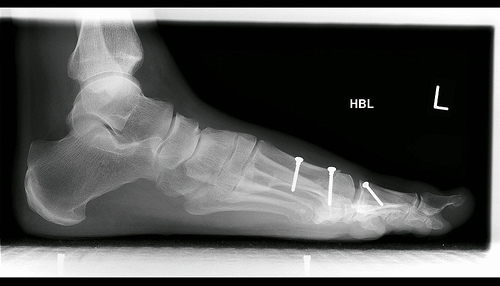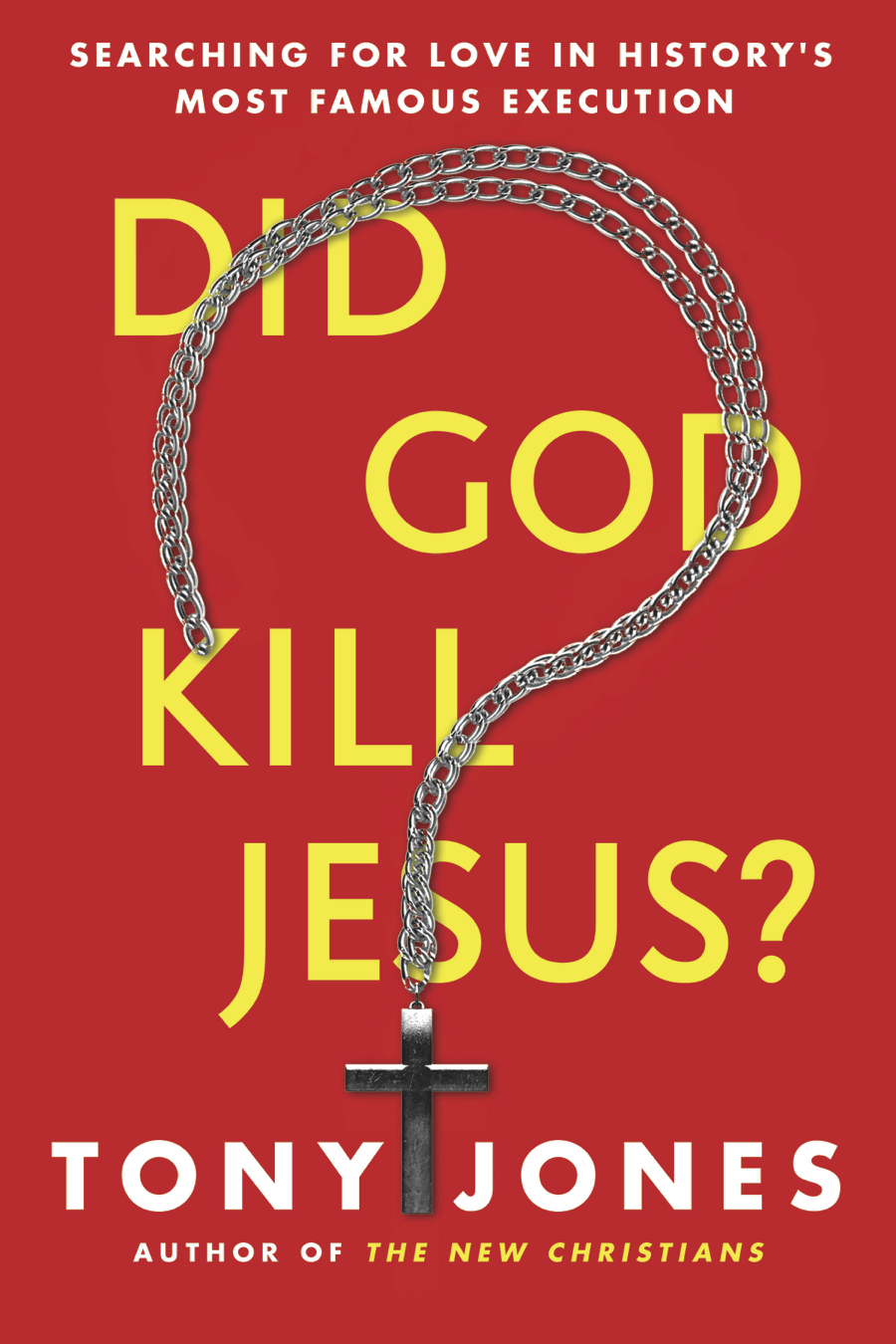This is part of a series of posts in which I’m reflecting on Christian Smith and Patricia Snell’s new book, Souls in Transition: The Religious and Spiritual Lives of Emerging Adults.
Over the past couple of weeks, I looked at Christian Smith’s latest addition to the excellent corpus of sociological research on religion in America that he’s developed. Souls in Transition charts the religious affections of “emerging adults,” Smith’s term for 18-23 year-olds. Scot did a nice job blogging through the book, and he seemed most interested in the good news therein. He’s also keenly in tune with this age group, since he teaches undergrads. His summary post is here.
For my part, I’m most interested in what happens to Americans between the high school years (the focus of Smith’s last book), and the college years, because I think it tells us something about how well we’re doing at youth ministry. And when looked at it that way, the news isn’t so good.
Last week, I posted graphs that chart the changes between high school and college in religious affiliation, practice, and belief, all of which show a decline. This is not particularly surprising for any of us who’ve been youth pastors and watched kids go off to college and not attend church, not pray or read their Bibles, and even reconsider their belief in God. And none of that is even necessarily bad.
However, mainline Christianity seems to struggle more than evangelicalism at keeping young adults in the fold. The reasons, I think, for that are nicely laid out in Kenda Dean’s book, Practicing Passion, in which she argues that the mainline church has too often let the passion get sucked out of Christianity. Others have leveled similar critiques at the mainline church. And, of course, the evangelical church has problems of its own — in fact, some predict that the cultural success of evangelicalism will result in a similar downturn in that half of Protestantism.
The bottom line in Souls in Transition is that, like they were five years ago in Soul Searching, young adults are, for the most part, Moralistic Therapeutic Desists. They’re religion is conventional and blasé, much like their parents’. In fact, their parents’ religiosity is the best predictor of their religiosity. Some diversity in belief and practice occurs during the transition from high school to college, but only in about 10-15% of the population, and most of that movement is toward non-belief and non-practice.
If you’re a pastor, youth pastor, lay leader, denominational official, or in any other way in a decision-making role in youth ministry and the church, read Souls in Transition. Buy it, and read it.











